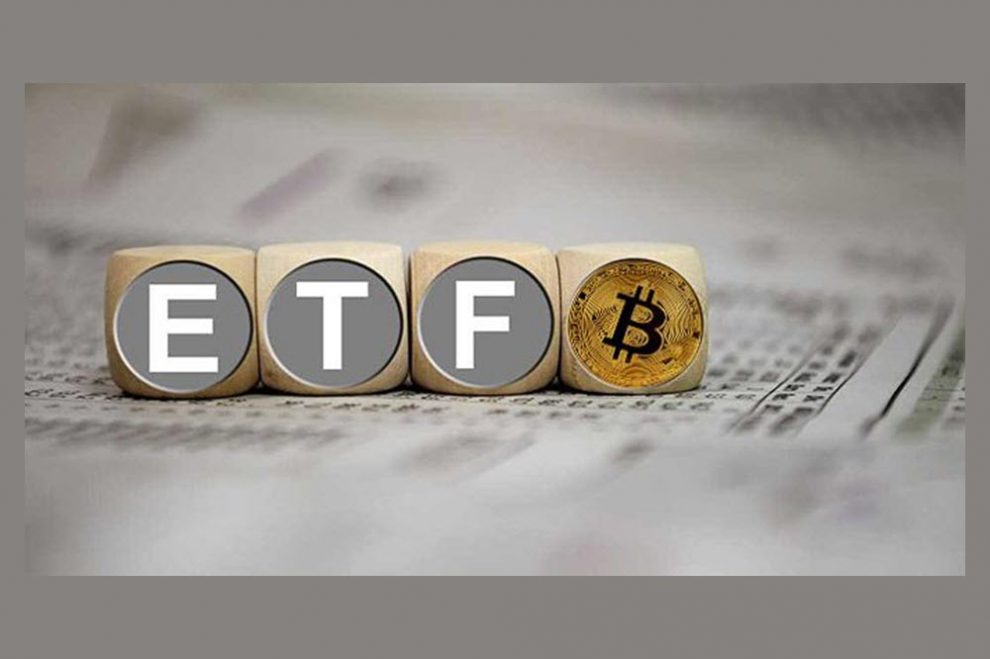Can U.S. Spot Bitcoin ETFs Keep Momentum After Hitting $500 Billion in Trading Volume?
14.11.2024 14:02 1 min. read Kosta Gushterov
U.S. spot Bitcoin ETFs have reached an impressive milestone, collectively surpassing $500 billion in trading volume just under a year since their debut in January.
Early momentum saw cumulative trading reach $100 billion by March and $200 billion by April, fueled by Bitcoin’s climb to nearly $74,000. After stabilizing between $50,000 and $70,000 in recent months, Bitcoin prices surged again following Donald Trump’s recent pro-crypto presidential win.
This Wednesday marked a key achievement for these Bitcoin ETFs, generating $7.9 billion in trading volume, their fourth-largest day since launch. BlackRock’s IBIT led the activity with $5.2 billion, while Fidelity’s FBTC and Grayscale’s GBTC saw $1.2 billion and $670 million, respectively.
IBIT has also risen to dominate market share, capturing 67% of volume compared to just 15% in January when Grayscale’s GBTC held the spotlight.4
READ MORE:

Traders Bet Big on Bitcoin Reaching $100,000
The resurgence in trading volume has been accompanied by net inflows, with $510 million added on Wednesday, bringing the weekly total to $2.4 billion. These inflows reflect a strong market response, with Bitcoin ETFs gathering $4.7 billion since the election and total net inflows hitting $28.3 billion to date.
According to The Block’s Bitcoin ETF Tracker, assets under management for U.S. spot Bitcoin ETFs now total approximately $89 billion, with BlackRock’s IBIT alone holding $41.1 billion.
-
1
Bitcoin Price Prediction for the End of 2025 From Standard Chartered
02.07.2025 18:24 1 min. read -
2
Robert Kiyosaki Says Crypto Is Key to Building Wealth in a Failing System
27.06.2025 10:00 1 min. read -
3
Top Public Companies by Bitcoin Holdings
02.07.2025 10:00 2 min. read -
4
Franklin Templeton Warns of Serious Risks in Institutional Bitcoin Treasury Strategies
03.07.2025 18:12 2 min. read -
5
American State Bans Crypto Investments and Payments in Sweeping New Law
01.07.2025 14:33 2 min. read
Top Crypto Trends Dominating Discussions This Week
As Bitcoin smashes through all-time highs, crypto-related conversation is surging across social media.
Vanguard Now Owns 8% of Michael Saylor’s Strategy, Despite Calling BTC ‘Worthless’
In a striking contradiction to its long-held skepticism toward cryptocurrencies, Vanguard Group now owns more than 20 million shares of Strategy Inc.—the software company famously tied to Bitcoin through its massive holdings.
Deutsche Bank Explains why Bitcoin’s Dip May Not be What it Seems
Bitcoin’s fall from its recent $123,000 all-time high to $117,000 sparked waves of speculation—but according to Deutsche Bank, this isn’t a typical cooldown.
Bitcoin Short Squeeze Fuels Rally Toward $122,000 Resistance Zone
Bitcoin has surged toward the $122,000 mark following a wave of short liquidations, echoing market behavior last seen in November 2024.
-
1
Bitcoin Price Prediction for the End of 2025 From Standard Chartered
02.07.2025 18:24 1 min. read -
2
Robert Kiyosaki Says Crypto Is Key to Building Wealth in a Failing System
27.06.2025 10:00 1 min. read -
3
Top Public Companies by Bitcoin Holdings
02.07.2025 10:00 2 min. read -
4
Franklin Templeton Warns of Serious Risks in Institutional Bitcoin Treasury Strategies
03.07.2025 18:12 2 min. read -
5
American State Bans Crypto Investments and Payments in Sweeping New Law
01.07.2025 14:33 2 min. read

